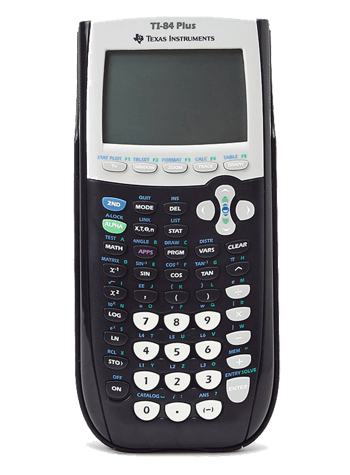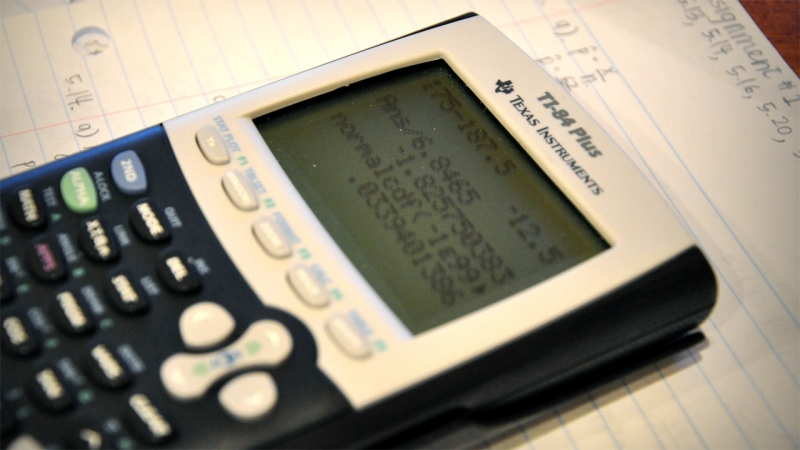In this day and age, when smartphones have wiped out the need for devices like wristwatches, cameras, and more, the TI-84 graphing calculator, first released back in 2004, stands as an exception, as it continues to sell even today. In an article titled The unstoppable TI-84 Plus, Matt Mcfarland from The Washington Post takes a look at how the calculator has managed to maintain a firm grasp on the education market for so long.
The calculator is available in three models: the TI-84 Plus, the TI-84 Plus Silver Edition, and the TI-84 Plus C Silver Edition. The base model, which sports a 96×64 pixel screen, 480 KB ROM, and 24 KB RAM, generally sells for between $90 and $125, and is the No 1 best seller on Amazon.
TI says that the TI-84 Plus C Silver Edition, which was released in 2013, is the company's best-selling calculator this year, featuring a high-resolution 320x240-pixel color screen, a modified version of the 2.55MP operating system, and a rechargeable battery. It's available for between $100 and $135.

“There are alternatives but TI became the dominant player in school calculators as schools needed to standardize on one design and TI won out”, said Curtis, who follows Texas Instruments for Barclays.
According to NPD Group, out of the approximately 1.6 million graphing calculators sold in the US from July 2013 to June 2014, 93 percent were TI calculators, while Casio made up the other 7 percent of sales.
While TI hasn't yet disclosed its costs and profit margins for the TI-84 Plus calculator, according to Barclays analyst Blayne Curtis, the device has a manufacturing cost of $15-20, which means a profit margin of over 50 percent for the company.
You can read Matt Mcfarland's full story here.
